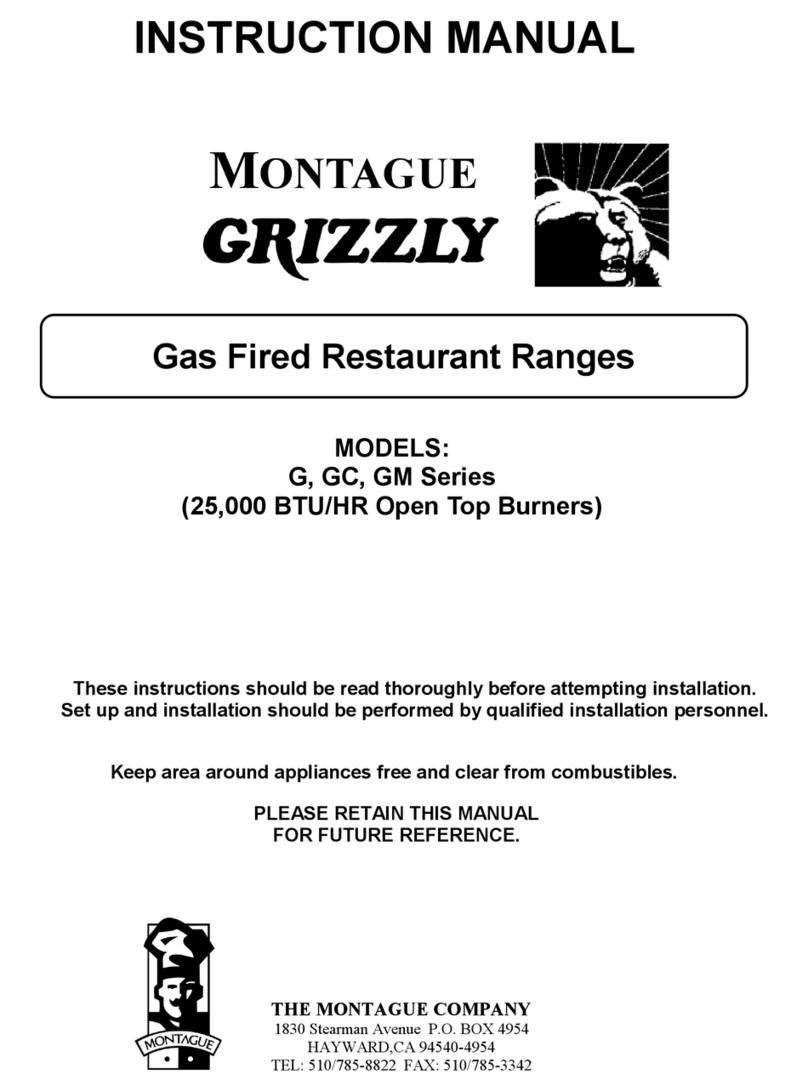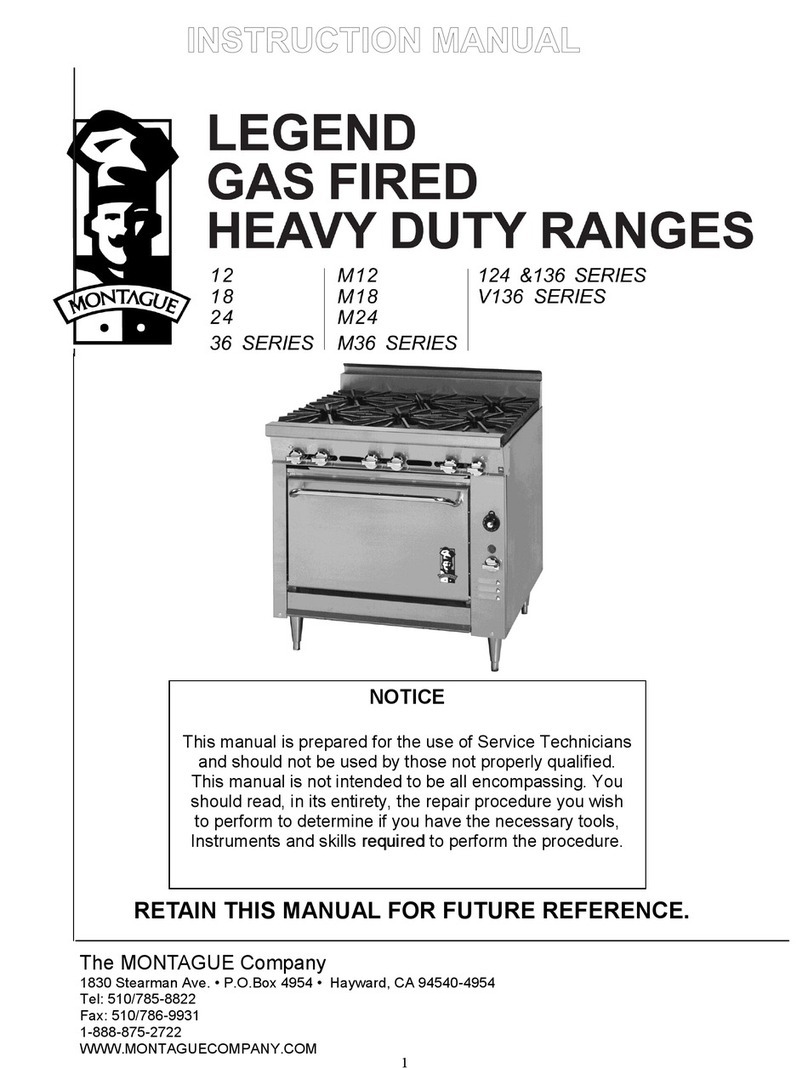
4
INTRODUCTION
DESCRIPTION OF UNDER COUNTER REFRIGERATORS
The E.S.P. Self Contained air cooled Under Counter Refrigeration System utilizes safe CFC’s and
offers tremendous operating efficiency by using an over sized system. This high operating
efficiency is made through effective use of the condenser coil surface area. The condenser coils on
our units are almost 20% bigger than conventional competitive designs. Complete factory assembly
eliminates on-sight construction competitive designs. Complete factory assembly eliminated
on-sight construction costs of built-up systems by refrigeration technicians and electricians in the
field. The Under Counter System is designed primarily for institutional food service operations
including hospitals, universities, schools, hotels, restaurant, coffee shops, and convenience stores.
Under Counter System pulls fresh air over the compressor bodies to reduce their operating
temperature. Compressor ventilation has become increasingly important because of regulations
effecting the use of R-22 refrigerant.
FEATURES OF UNDER COUNTER SYSTEM
Condensing Unit
A refrigeration condensing unit is a highly sophisticated apparatus. It is with the anticipation that it
will provide many years of trouble-free operation with minimal maintenance. Usually the length of
service life realized from a particular condensing unit is directly proportional to the care with which
the original installation was performed. The correct electrical supply must be provided to the
condensing unit. The voltage at the motor-compressor terminals should be checked during start-up
and units operation under full load to insure a tolerance of plus or minus 10 percent of the name-
plate rating.
Refrigerant
R-22 is used for the Under Counter System.
Electrical Characteristics
Each unit is equipped with 120 Volts. 1 Phase. 60 Hertz power supply.
Standard Components
Each unit consists of hermetic compressors, condenser with heavy duty fan motors, oversized
receivers, factory installed accessories, unit coolers with T-stat solenoid valve, TX valve and
suction line P-Trap.
Factory Installed Accessories
Drier, sight glass, and pressure control.
The E.S.P. Under Counter Systems are tested and assembled under strict quality assurance
procedures. Each unit is tested and charged with R-22 before shipment.


































